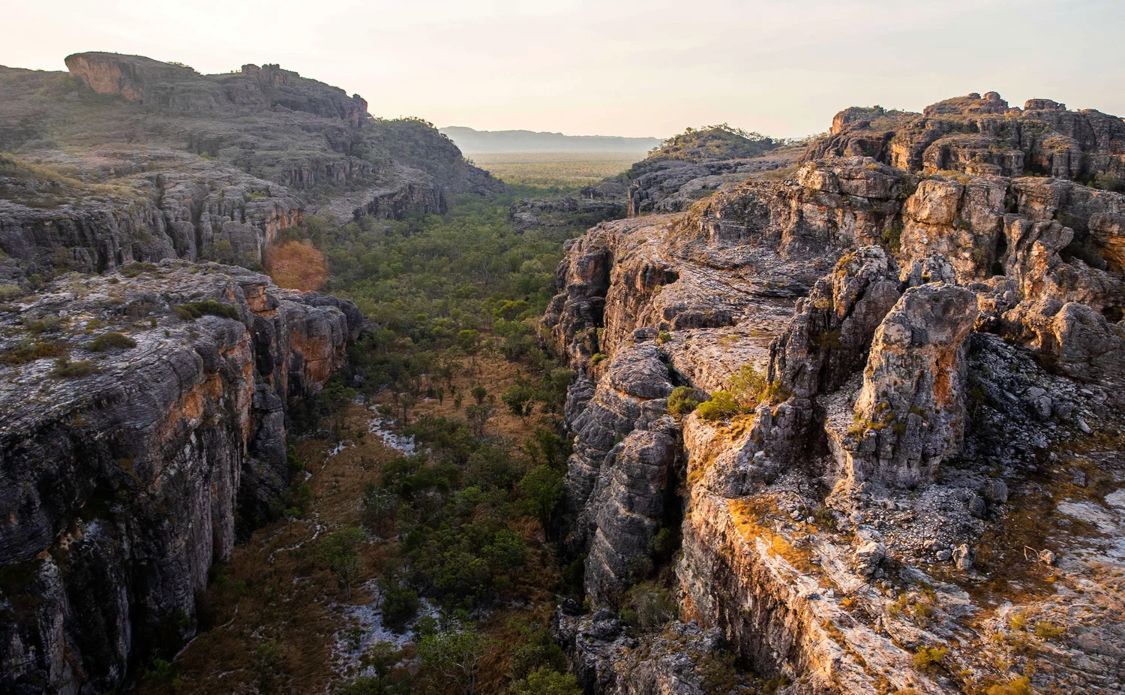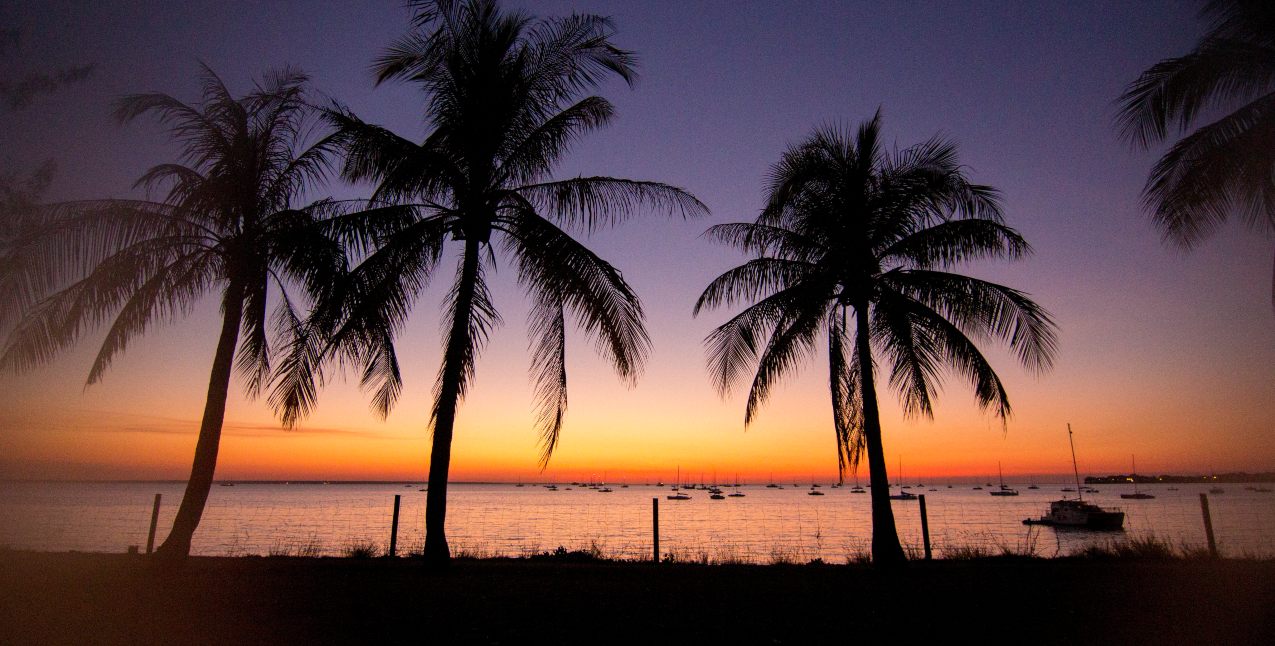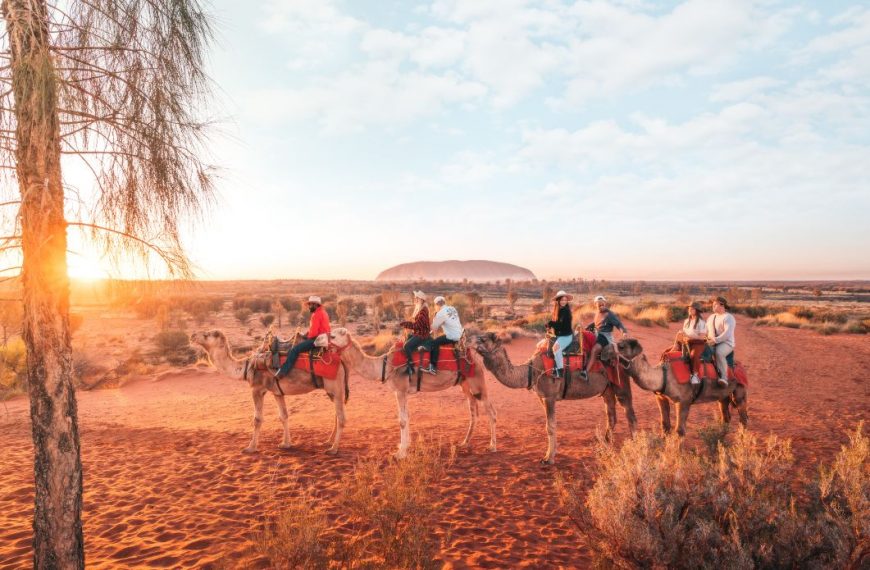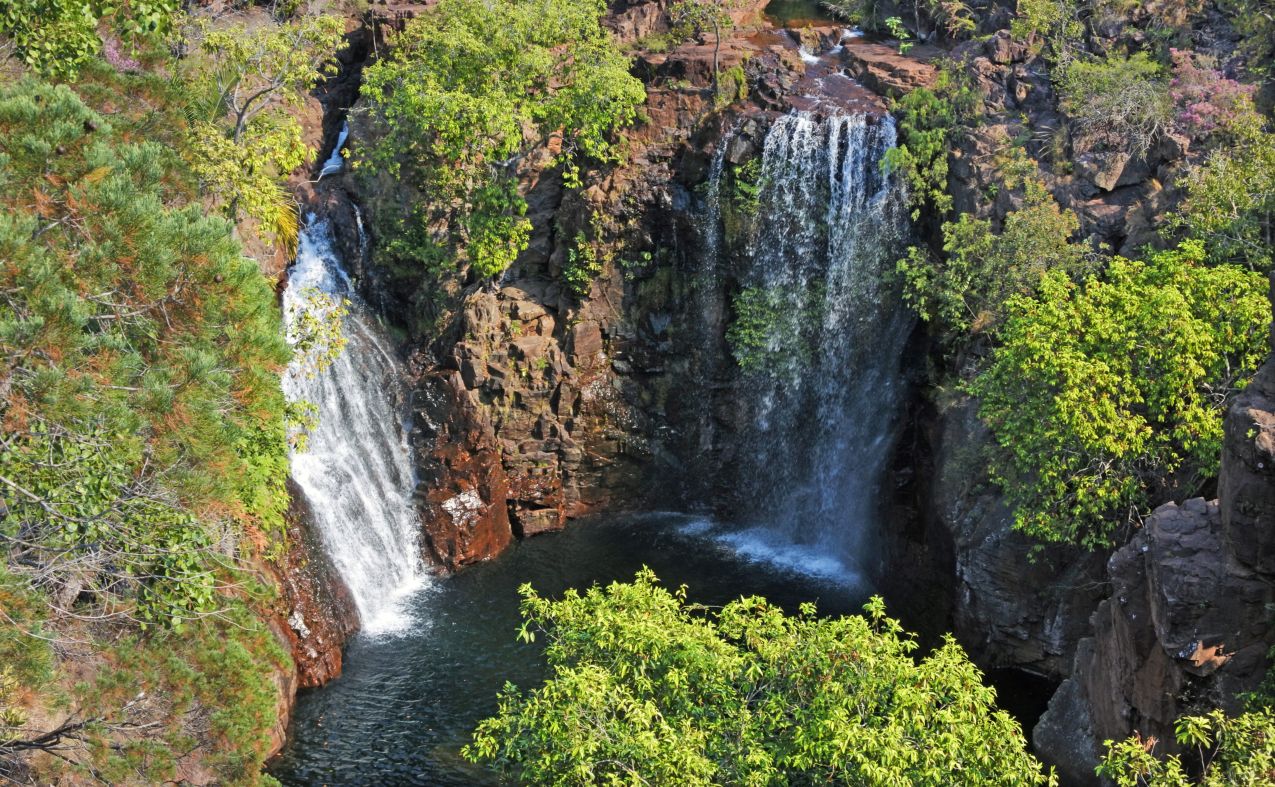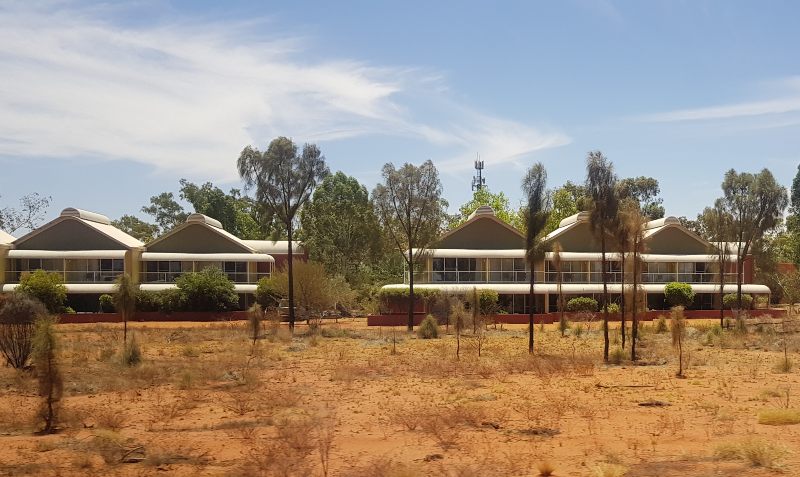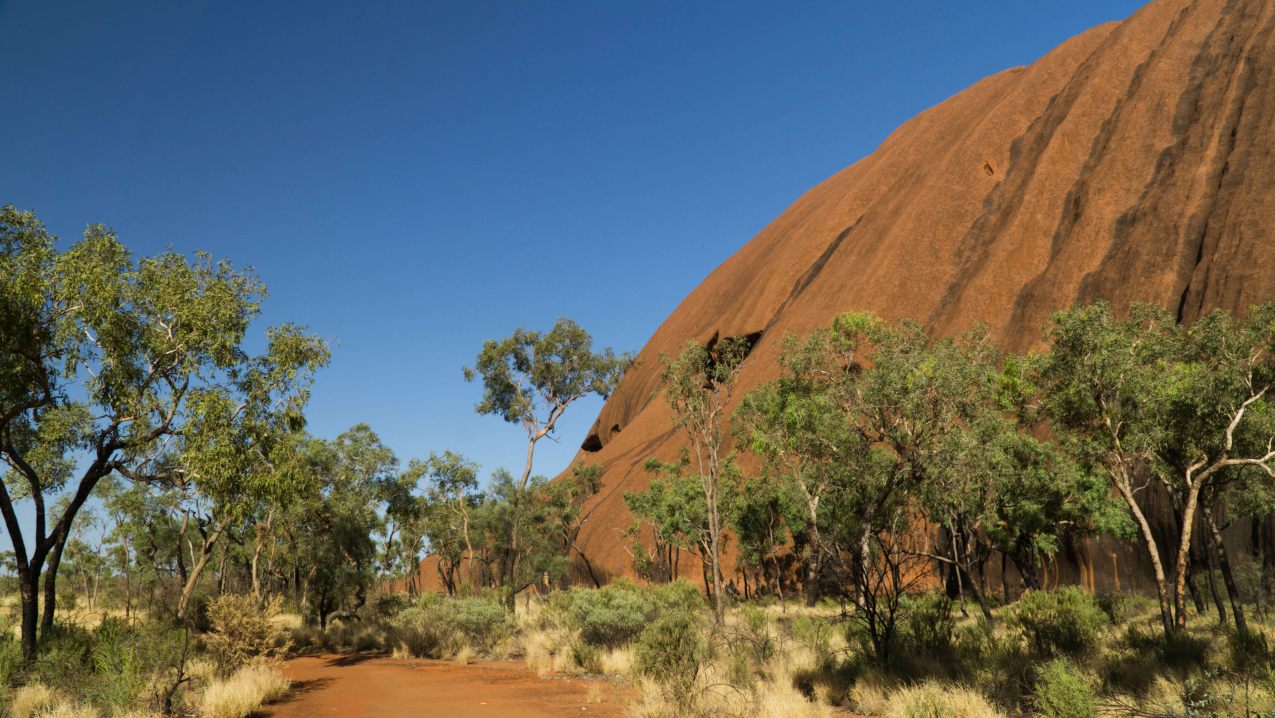5 Reasons To visit Kakadu and How to Plan your Trip
If you are thinking of visiting Kakadu National Park but not sure the best way to do it, we got you. It’s a vast area, and it pays to know what you want to see and the best time to see it before you go. Today we share the top 5 things to do in Kakadu and the best time of year to do them.
Kakadu offers visitors breathtaking landscapes with rugged gorges, thundering waterfalls, and lush green wetlands.
This captivating park covers over 1 million hectares of land and is home to more than 2,000 species of plants and 500 animal species. It is also one of only three sites in the world that are recognised as both World Heritage Area and UNESCO sites.
A remote wilderness as big as Slovenia and half the size of Switzerland
If you don’t have a four-wheel drive, then you might find a Kakadu tour is the best way to see all the park’s highlights.
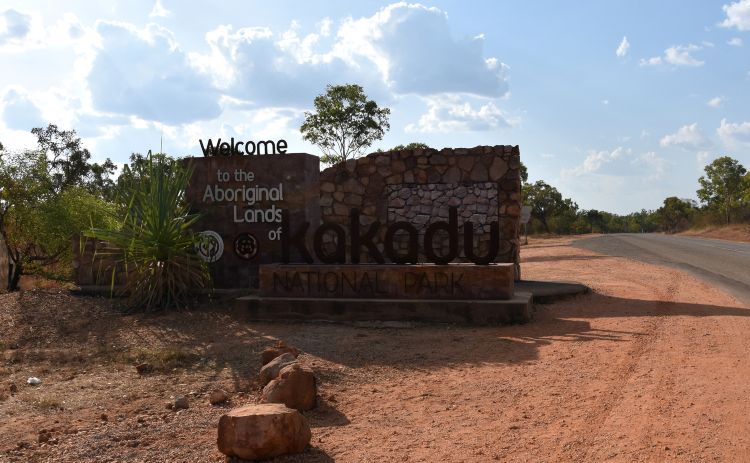
Things to see in Kakadu
Let’s start with working out what your visit should include. By knowing the key sites and activities on offer in Kakadu, you will be in a better position to plan your itinerary or book your tour.
The Bininj People are the traditional owners in the park’s north and the Mungguy People in the south.
Amazing Rock Art
Kakadu is the best place in Australia to see ancient aboriginal rock art. There are reportedly over 5000 rock art sites in the park. While we can find art across the park, there are three ancient rock art sites that are open to the public and regardless of when you visit, you should be able to access one of these sites.
Ubirr Rock Art Site
The Ubirr Rock Art site is one highlight of any visit to Kakadu. Ubirr (pronounced oo-bir,) is in the East Alligator region of the park. On the walls here you will see x-ray style drawings of kangaroos, turtles, and the standout, the Rainbow Serpent Gallery. You may even be lucky enough to spot some of the area’s unique wildlife.

Access is quite easy, there is a 1km circular track (wheelchair accessible) that will take you past the main art sites, if you visit in the dry season, you can usually join one of the informative tours run by the local rangers
Nardab Lookout
While you are here, don’t miss the chance to take in the view from Nardab Lookout. With 360 degree views out over the East Alligator River and in the distance, Arnhem Land.
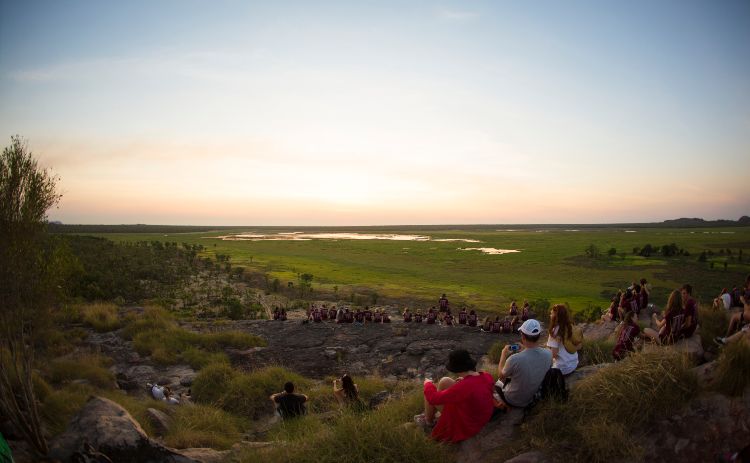
It’s a short (250m) walk that will take about 15 minutes, however it is steep, and the path is rocky, so may not be suited to those with mobility issues. Try to time your visit with late afternoon when the light across the floodplains is quite spectacular. Stay for sunset if you can!
Burrunguy (Nourlangie Rock)
Previously known as Nourlangie Rock, Burrunguy is home to the Anbangbang gallery and is only of the simplest art sites to access. It’s an easy 1.5km walk that takes you past the main galleries and allows you to see to see the creation ancestor, Namarrkon, the Lightning Man.
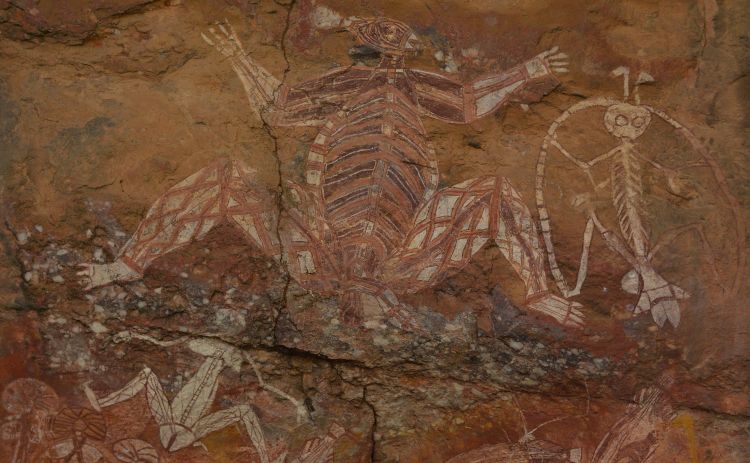
Burrunguy rock art site is open year round, and this is the best place for anyone with limited mobility to view ancient rock art. While you are here, take a walk around Anbangbang Billabong.
Access to these sites is possible by two wheel drive in the dry season. Regardless of the time of year you visit, check the road access report before you head off.
Gunwarrdehwarrde Lookout
The perfect spot to take in Nourlangie Rock and the Anbangbang Billabong. The walk to the lookout is only 300m, but it is steep.
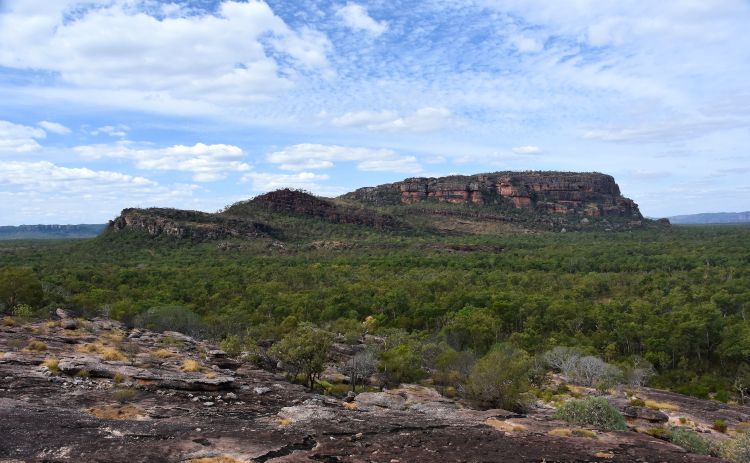
Nanguluwur
The last site Nanguluwur is close to Burrunguy, however it is rarely included in day tours, so you will be much more likely to see this on a multi-day Kakadu itinerary or a self-drive visit.
It’s a 1.7- kilometre one way walk to the art site. It’s a less developed site which only adds to its feeling of bing a very special place.
If you book a tour to Kakadu, make sure it allows you time to explore the incredible Aboriginal rock art in Kakadu National Park.
Spectacular Waterfalls
The next reason on the list of why you should visit Kakadu is the stunning waterfalls.
Experiencing Kakadu National Park waterfalls in their full glory takes a bit of planning. During the wet season, when they are at their most impressive, access becomes challenging. You can book a flight over the waterfalls, but for at least some of the year, during the wet seasons, road access is not possible.
There are five waterfalls in Kakadu National Park:
Maguk (Barramundi Gorge)
An easy 2km walk topped off with a swim in the natural pool at the base. There may be crocs here, however, National Park staff does their best to keep the remove any that are found.

Twin Falls
The second biggest in the park, this waterfall is only accessible in winter, via a 4-wheel-drive road and then a shuttle boat to the base of the fall. You can also hike to the top of the falls.
Motor Car Falls
A 7.5 kms return walk to this less visited but beautiful swimming spot. These cascading waterfalls are accessible year round.
Jim Jim Falls
At 200m high Jim Jim is Kakadu’s biggest waterfall – in the wet season a flight over the falls is spectacular. In the dry season, you can walk to the base of Jim Jim.

Jim Jim Falls is an amazing site but before you get your hopes up, seeing them with as much water as is pictured above is pretty difficult. They only look like this in the wet season and dry up pretty quickly when the rain stops. For an unforgettable experience, take a flight over the area.
Gunlom Falls
Access to 85m tall Gunlom Falls has been closed until further notice. Check for updates here. There is still access to the plunge pool most of the time. We recommend a 4wd to access this area.
Wondrous Wetlands
Whether you visit the Fogg Dam Conservation area or take an East Alligator River Cruise before you enter the park, or stick to Yellow Waters River or Mamukala Wetlands inside Kakadu, the bird life and lush green landscape of the northern territory wetlands will amaze you.
Yellow Waters River
Yellow Water billabong is one of the healthiest wetland systems in the world. It is home to over 60 different species of birds, as well as crocodiles and buffalo.
Taking a Yellow Water cruise was one highlight of our wet season visit. We took to the water just on sunrise and the river was as busy as main street in a peak hour with crocodiles and more species of bird that we have ever seen in one place.

Yellow Waters was one of the locations used in the Crocodile Dundee films, so see if you can spot anything familiar.
Mamukala Wetlands
A three kilometre return walk that runs alongside a permanent wetland that can be visited year round. Mamukala Wetlands is home to an incredible range of bird life. A bird hide provides shade while you watch the action. The egrets mesmerised me with their long, elegant necks.

If you visit in August or September, you will get to see magpie geese, who are great fun to watch as they dive below the surface to grab their dinner. The walk at Mamukala is flat and can be accessed by wheelchair users.
Fogg Dam Conservation Reserve
is 45 minutes’ drive (70km) east of Darwin and can be accessed by 2WD. Early morning and late afternoon visits are best, as this is when the birds are most abundant. The reserve is open year round and was stunning during our wet season visit.
Try to take a sunrise or sunset cruise on one of the wetlands – if you are a photographer, you will find this provides 2 hours of heavenly photography opportunities.
Get up close to a crocodile
Hopefully, like my crocodile encounter, yours will be a planned occasion!
When you think of local wildlife in Australia, you are probably imagining kangaroos and koalas. Well, up here in the rugged landscape of the top end, the local wildlife is more likely to be a reptile than something soft and cuddly..
I was not that interested in crocs before I visited Kakadu, but once I got there, they were certainly on my mind. While there are safe swimming spots in the park, I was too chicken to try them 😉
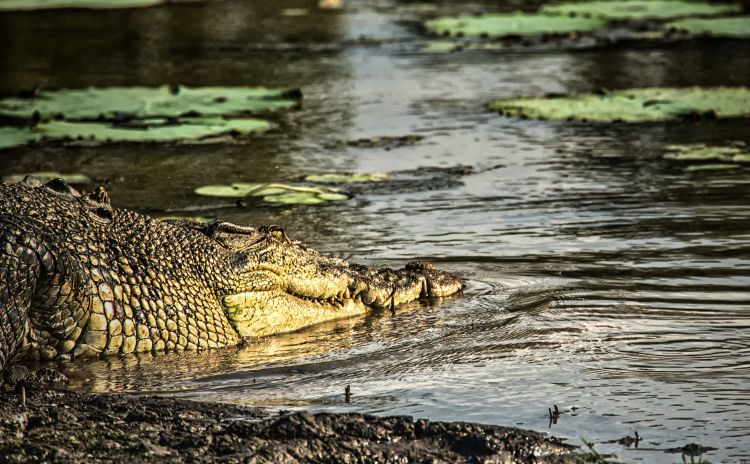
Australia is home to two species of crocodiles, the Freshwater and the Saltwater.
- Freshwater crocs are found in rivers, creeks and plunge pools, including places like Maguk and Gunlom Falls. While this type of crocodile is less likely to attack you than a saltie, they can get aggressive if you disturb them.
- Saltwater crocodiles can be found anywhere, we found one in a large puddle off to the side of the road.
Please take any crocodile warning signs seriously. Crocs have attacked and killed people in Kakadu.
Jumping Crocodile Cruise
I joined the Jumping Crocodile Cruise on East Alligator River where, along with the crocs, we saw a vast assortment of bird life and some beautiful wildflowers. This is the only Aboriginal owned cruise operator on the river. It is not inside Kakadu National park, but it is on the way from Darwin and easy to do as a day trip.
Cahills Crossing
Cahills Crossing is just a few kms from Ubirr. Each day, visitors head to the footbridge here at high tide to watch the crocodiles who wait patiently as the tide brings in schools of Barramundi for their dinner.
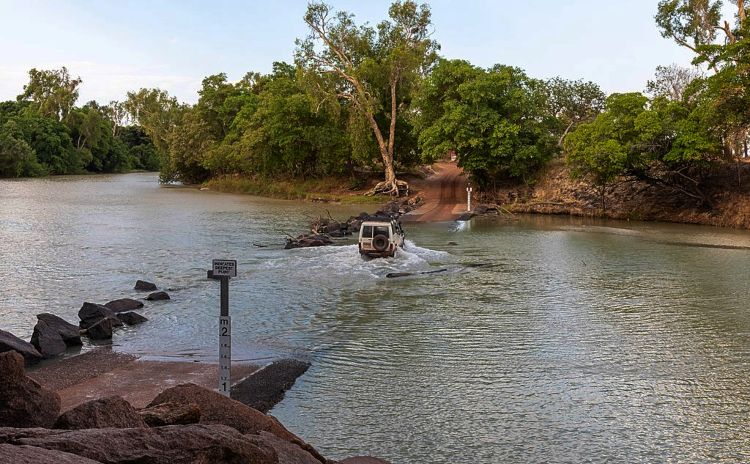
To drive over the crossing and into Arnhem Land, you need a permit from the Northern Land Council (NLC). Please note the crossing is closed in the wet season. Read this detailed guide to Cahills Crossing.
If you want to get closer to the action, there are boat cruises on the East Alligator River.
Inspiring Indigenous Culture
The Bowali Visitor Centre at Jabiru should be your first stop when visiting Kakadu. It’s the best place to get started on learning more about Aboriginal culture and the cultural heritage of the traditional owners.
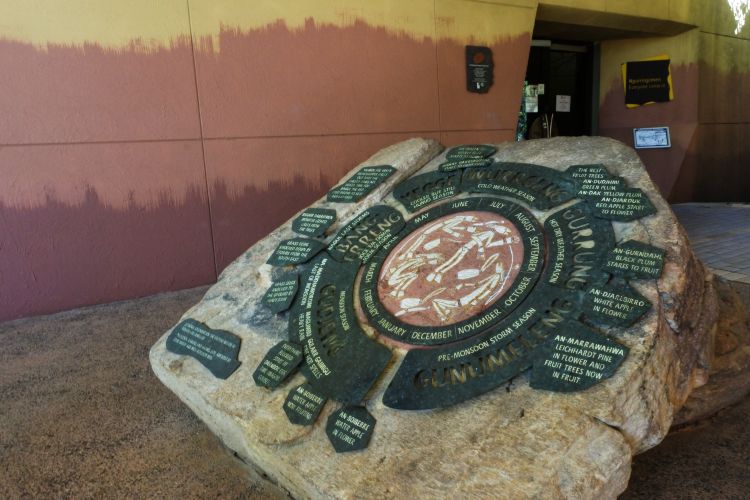
There are two visitors centres in Kakadu and we think you should visit both:
- Bowali Visitor Centre is a must before heading in to explore the before heading to the art site. Understanding how the paintings were made, and the significance of the scenes they depict, will enhance your experience.
- Warradjan Aboriginal Centre is the best place in the park to learn about the traditions of the local Bininj and Mungguy people and how they look after the land. The exhibit could use an update but the information presented is excellent – allow 30 minutes to visit.
Planning your visit to Kakadu
So now you have discovered our favourite things to do in Kakadu, let’s get some of the basic planning questions answered.
How to get to Kakadu National Park
Kakadu is 240km, or approximately a three-hour drive from Darwin. Once inside the park, you will drive for about another hour to reach the most popular rock art sites or waterfalls.
There is no public transport to the park, so you will either need your own vehicle or rent one in Darwin. Alternatively, you could join one of the excellent multi day tours on offer.
When is the best time to visit Kakadu National Park?
We rate May-June as one of the best times to visit Kakadu, but making that decision is difficult. Each season at Kakadu, and each offers a unique set of experiences.
The local aboriginal people divide the year into 6 distinct seasons, which you can learn more about here. However, many travellers still just refer to the seasons and the wet and the dry. The dry is from May to October and the wet from October to April.
In order of our choice for when to visit:
- June to August is the dry season – It’s the most popular time for visitors, road access is best, and the temperatures are most comfortable. You can reach most of the waterfalls and temperatures are comfortable for hiking. Book early for tours and accommodation.
- April to May – Our first visit was in April, when daily temperatures sit between 23°C – 34°C. The landscape was lush and waterfalls were still flowing. Flooded roads usually open up, although some, like the road to Jim Jim Falls, usually open later in the year so we missed visiting. We encountered more croc sightings than I would have liked, so that is something to consider if you visit during or at the end of the wet season.
- October to December is humid with thunderstorms in the afternoons. It’s a great time to fly over the waterfalls, but most people find the daily temperatures of up to 37°Ctoo hot for comfort.
- December to March the rains are heavy and flooding is likely, along with daily thunderstorms and very humid conditions. This is the least busy time in the park.
How long should you stay?
I spent an incredible eight days exploring Northern Australia or what us Aussies refer to as “The Top End”. The first three days in Darwin and five days on a small group camping trip in Kakadu. This felt like the perfect time for a first visit.
I did not do any extended hiking, but I got to see a good range of sites. I you don’t have this much time, even a one-day trip from Darwin is worthwhile, but get an early night – it’s a long day averaging 12-13 hours.
Do you need a four-wheel drive to visit Kakadu?
You can visit much of Kakadu National Park with a 2 wheel drive vehicle. The wetlands, art sites and some waterfalls can be reached in a standard vehicle.

You need a 4WD to visit
- West Alligator Head
- Twin Falls, Jim Jim Falls and Maguk
- Jarrangbarnmi (Koolpin Gorge)
If you plan to rent a 4 wheel drive to access, be sure to check the company has no restrictions on where you can take the car. It’s also making sure you have the top level of insurance they offer. If you have never driven off-road before, make sure you know how to change a tire and read up on the basic skills before you head off.
Where to stay in Kakadu National Park
There is a good range of accommodation inside the National Park, from campsites to a Mercure Hotel shaped like a crocodile. There is more choice than you think, but it books out quickly in the dry season. We have written about the options for staying overnight or longer in Kakadu here.
Learn more about Kakadu and Northern Australia
Read – Journal of an Overland Expedition in Australia (1874)
Thanks to Project Gutenberg, you can read Ludwig Leichhardt’s diary of his journey into Northern Australia in full and for free.
Listen – Bowali Visitors Centre 1-hour podcast on Kakadu is a must-listen for visitors
Watch Ten Canoes – This film, the first to be made entirely in Aboriginal Language, showcases the Arnhem Land region of Northern Australia and the landscape is spectacular. Ten Canoes won a Special Jury Prize in the Un Certain Regard program at the Cannes International Film Festival.
Watch – Crocodile Dundee – this mid-1980s classic Aussie comedy may have aged but its a great watch before you visit.
Where to go next in the Northern Territory:
- Nitmiluk National Park (Katherine Gorge)
- Litchfield National Park
- Darwin
- Alice Springs
- Uluru and the Red Centre
About the Author: Paula first visited Kakadu after scoring a $1 flight from Brisbane to Darwin as part of a Virgin Airlines promotion. With nothing to lose, she packed her bag and explored the park on a 5 day camping tour. It was her first experience of the “Top End”, and she was hooked!

